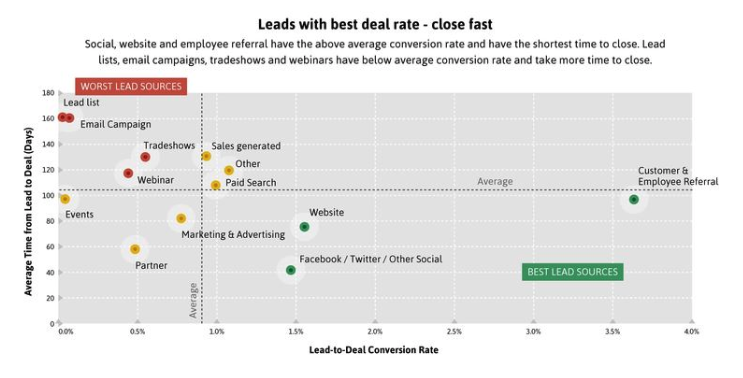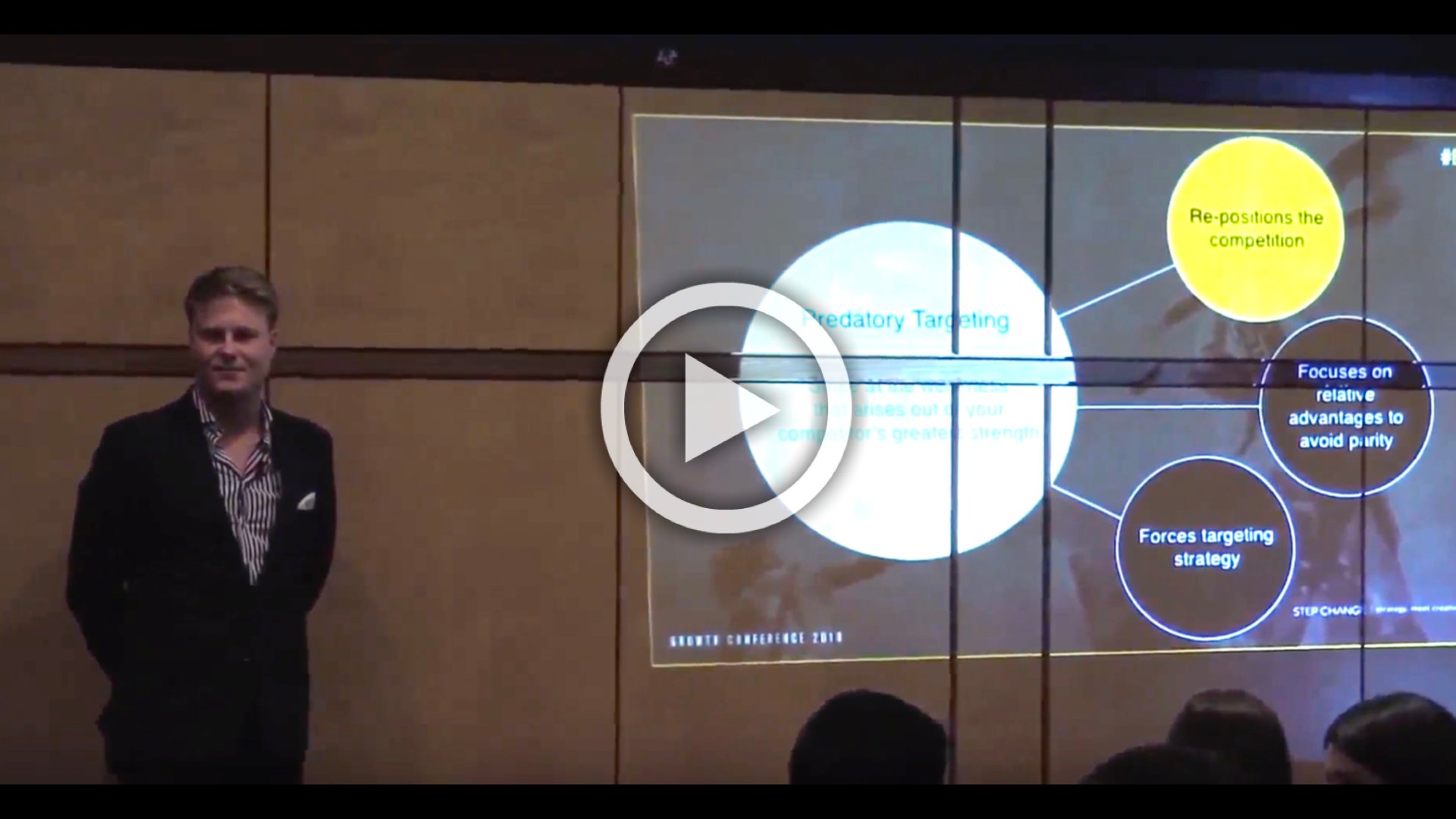If you aren’t converting the leads you need, it could be an issue with your sales cycle.
Every business needs a defined sales cycle, from initial contact to the closing of a deal. A defined sales cycle offers the opportunity to improve and refine your sales process, in addition to helping you forecast your incoming revenue.
What Is a Sales Cycle?
Every organisation defines their sales cycle a little differently. A sales cycle may begin when an organisation first attempts to acquire leads. Or it could begin when an organisation has actually begun engaging with a potential lead. It nearly always ends when the deal has been closed.
Either way, the sales cycle is intended to comprise the workings of creating and closing a deal. This cycle could include as many steps as the organisation has found to be correct for their industry and their individual strategies.
B2B Sales Cycle Length Industry Benchmarks
Just as the definition of a sales cycle may change, the length of the B2B sales cycle will also vary. But it’s important for organisations to know not only how long their sales cycle takes, but also what their current industry benchmarks are. Industry benchmarks indicate how well an organisation is operating in comparison to its competition.
If your sales cycle is significantly longer than your competitors’, it could indicate that your sales process is currently ineffective.
If your sales cycle is shorter than your competitors’, it could either mean that your sales process is remarkably efficient or that you’re calculating your sales cycle length in a different way from the competition.
And while every organisation is different, most businesses will want to target a shorter sales cycle.
Sales cycles may also vary. An organisation may find that a certain percentage of customers commit within 6 months, another percentage commits within 9 months, and the bulk of them commit within 12 months. So it can also be useful for an organisation to compare multiple variables, rather than just calculating their average.
Ultimately, the size of a B2B sales cycle often varies depending on the item being sold. For smaller deals, a B2B sales cycle often falls around 3 months.
For larger and more substantial sales, a B2B sales cycle is more likely to fall between 6 to 9 months.
Conversion Rate:
Lead to opportunity—13%; Opportunity to deal—6%
Analysis by Implisit showed that on average, 13% of leads convert to opportunities and the average time for conversion is 84 days. Conversion rate from opportunity to deal is even lower — only 6% of opportunities convert to deals, but it takes only 18 days, on average, to convert.
Webinars: only 2.5% opportunity to deal conversion rate
Company Events: mostly closed-lost opportunities

Source: Salesforce - Implisit
According to Marketing Sherpa, organisations in the retail or e-commerce sector tend to have shorter sales cycles. There is often one key decision maker per purchase for most retail items in mid- to low- price ranges. For larger ticket retail, such as cars, furniture, boats, etc., there can be many buyers involved in a single purchasing decision, potentially lengthening the sales cycle. This explains the high level of response in the short-term categories (less than one day and two to seven days), and the greater response level for the longest term, as well.

How to Calculate for Your Average Sales Cycle Time
Calculating your sales cycle time is as simple as determining when you want your cycle to begin and tracking how long it takes to close a deal from that point.
At any given time, you can take the last 12 months of closed deals your organisation has processed and track back to the beginning of the lead generation process.
Again, some companies start their sales cycle upon first contact, while others start with their first push to collect leads — it does not matter which metric you use as long as you use one metric consistently throughout all of your reporting.
Once you have found this information, you can calculate an average of how long each sales cycle took.
How to Speed Up Your B2B Sales Cycle
Leverage Your Technology
Your business sales cycle may be longer than it should be due to a lack of effective tools. Marketing automation tools make the entire process of connecting with leads and managing leads much easier.
Not only will your employees be able to close deals faster, but they’ll also be able to manage a higher volume of deals at the same time.
Marketing automation can also standardize your B2B sales process, to help your organisation isolate methods of improvement.
Recommended reading: Why Your Sales Team Need Marketing Automation and Content Marketing
Deliver Value Every Time You Speak to a Client
Too often, the sales process can be laced with incomplete interactions, interactions that don’t deliver value to the potential client and don’t nudge them towards converting.
Sales teams should focus on delivering as much value as possible with every interaction that they have, as this will make the organisation far more likely to secure a sale faster.
Further, delivering additional value to potential clients will improve the organisation’s lead generation as a whole.
Present a Good Business Case: Show How Big Their Problem Is
Highlighting pain points for customers can make their need for a solution that much urgent. Many organisations hesitate before making large purchases or converting to larger deals.
An organisation may hesitate to make a purchase until they realise that they need a product or a service in order for their company to make progress.
It is often easier to convert a client when they understand their problem fully — and they understand the gravity of not finding a solution.
Make Them Aware of the Cost of Inaction
Let them understand the cost of not doing anything to address the business concern. A potential client needs to understand that it isn’t just about the cost of a solution; it’s also about the cost of not investing in the solution.
A business can push a potential client towards a sale by showing what the client is losing by not investing in the product.
If a customer can see that they are currently losing money or losing effectiveness by not converting to a product or a solution, they will be far more likely to invest in the solution quickly.
Invest in the Right Customer Relationship Management Suites
CRM suites are able to score leads effectively, making it easier for sales departments to focus on the leads who are more likely to convert.
By focusing on the 20% of leads that are most likely to make 80% of the sales, your business can reduce time wasted and convert leads much faster.
Modern CRM solutions will not only track engagements and leads but can also identify which potential customers are most likely to convert quickly and which potential customers need a solution most urgently.
Conclusion
Understanding your B2B sales cycle is an important step towards streamlining and improving upon your company’s sales processes.
Calculating your sales cycle length will give you an idea regarding where your organisation stands in comparison with others in your industry. It will also give you a key performance indicator that your organisation can track to determine whether the sales process is improving.
In addition to this, understanding the length of the B2B sales cycle will also aid your organisation in forecasting; you’ll be able to more reliably determine your cash flow and how your revenue picture will look at any given time.
Regardless, it does begin with calculating your B2B sales cycle — and there are a number of things that you can do to improve upon your B2B sales cycle once you have done so.














